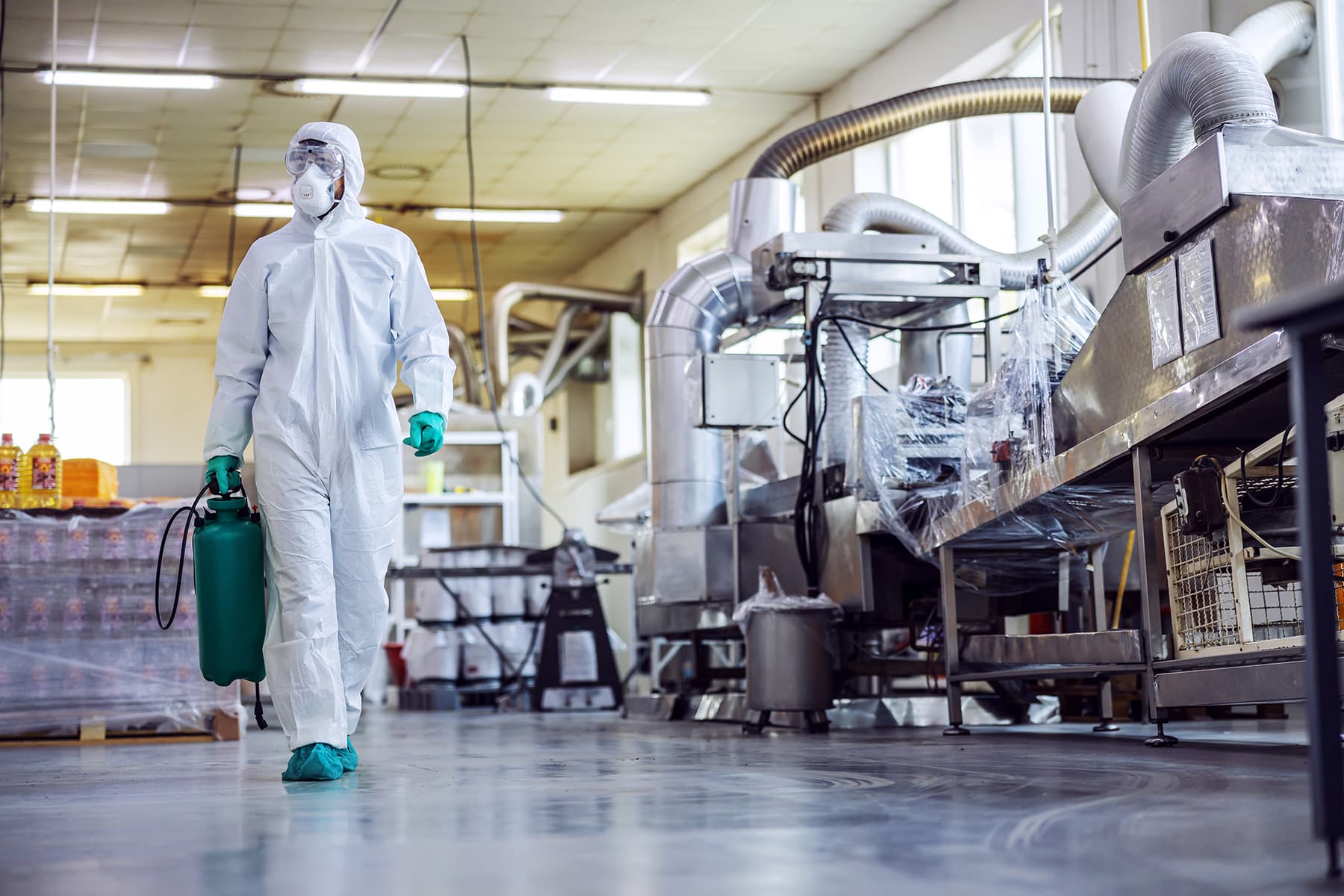Article
Global Issues with Lead: US Food and Drug Administration Guidance
25 FEB 2025
/
3 min read
Author
Senior Director, Food Safety and Contamination Prevention

The contamination of food and food ingredients with lead continues to be a global issue. Lead, at some level, occurs naturally in virtually all foods due to natural levels in soil, contamination of soil from industrial activity and airborne contamination. The latter has been reduced since the 1970’s when lead was removed from gasoline.
In the United States, prior to 1973, the United States Environmental Protection Agency (EPA) estimated 200,000 tons of lead were released into the atmosphere every year. This resulted in soil contamination in the vicinity of roads. This could impact adjacent farmland.
For the past 12 years the World Health Organization (WHO) has had a focus on reducing human exposure to lead.
PROTECTING AGAINST THE HAZARDS OF LEAD EXPOSURE
According to the WHO, lead exposure is estimated to be linked to approximately 1.5 million deaths annually primarily from cardiovascular disease and causes irreversible neurological and behavioral damage, particularly in children. Children tend to more easily absorb lead than adults, and this results in reduced IQ, learning difficulties and behavioral issues. Because lead can accumulate in the body over time, even low level, chronic exposure can be hazardous.
Both the European Union and Unites States Food and Drug Administration (FDA) have set maximum levels of contamination of some foods. The FDA has focused on setting maximum levels for food consumed by infants and children.
The United States Food Safety and Inspection Service (FSIS) has not set actionable levels for lead in foods they regulate. However, when levels of lead in food exceeds what might be considered naturally occurring, they have taken action to recall foods.
In California, Proposition 65 requires warnings on food labels if the food is contaminated with lead or other heavy metal above what would otherwise be considered “normal”.
| FDA Maximum for Infants | US Maximum Lead | EU Maximum Lead |
|---|---|---|
Fruits, Grains, Meat Mixtures | 10 ppb | 10 ppb |
Single Ingredient Root Vegetables | 20 ppb | 10 ppb |
Cereal Blends | 20 ppb | 20 ppb |
FDA data indicates, for example, that according to their analysis at least 12% of single use root crops will exceed the maximum lead levels allowed in food for infants. This reality supports the need for companies to know more about the levels of lead in ingredients they purchase.
Natural and Contamination-Based Lead Levels in Foods
In the United States, the following are considered “normal” levels of lead in common food items:
| Food | Parts/Billion of Leads |
|---|---|
Chicken | 6.94 ppb |
Pork | 5.00 ppb |
Beef | 1.91 ppb |
Lamb | 1.30 ppb |
Fruits/Tubers | 100 ppb |
Leafy Greens | 300 ppb |
Analysis has shown that many plants will absorb lead from contaminated soils:
- High uptake: lettuce, spinach, carrot, endive, broccoli, beet leaves
- Moderate uptake: onion, mustard, potato, radish
- Low uptake: corn, cauliflower, asparagus, celery, and berries
- Very low uptake: beans, peas, melon, tomatoes, fruit
COMPLYING WITH REGULATIONS PERTAINING TO LEAD
Food companies need to know what are the naturally occurring levels of lead in foods they grow, harvest, and process.
The regulation is based on the premise that a business should not have to provide a warning for a chemical that it did not put in the food. There are several caveats in the regulation that are intended to prevent it from being used inappropriately:
- A chemical contaminant such as lead can be considered naturally occurring only to the extent that it was not avoidable through good agricultural and manufacturing practices, and that quality-control measures were used to reduce contaminant levels to the lowest level currently feasible.
- A Proposition 65 chemical absorbed from the soil must have been naturally present in the soil. A plant that took up lead from soil contaminated as a result of human activity would not meet the requirements of this regulation.
Complying with US, EU, and California regulations pertaining to lead requires companies to document the typical levels of lead in the food ingredients they grow, harvest or process. Then they need to take steps to comply with regulations as well as take steps to reduce lead exposures as much as possible.
Crisis24 food safety and quality experts can help you navigate food safety regulations. Explore our capabilities.
Related
Tags
Sharpen your
view of risk
Subscribe to our newsletter to receive our analysts’ latest insights in your inbox every week.
Intelligence & Insights
Intelligence
Worth Gathering
Employing a team of 200+ analysts around the world, Crisis24 is the only source you need for on-point, actionable insights on any risk-related topic.

Intelligence Analysis
Australia: Bushfire Summer Forecast 2025
Australia’s 2025 bushfire season is forecast to bring elevated risk across multiple regions, with potential impacts to travel, supply chains, and operations.
By Elizabeth Yin
December 18, 2025

Intelligence Analysis
India: Border Insecurity, Geopolitical Tensions, and Evolving Terror Threat Likely to Increase Security Concerns
India faces a worsening security environment marked by resurgent transnational terror threats, persistent border insecurity, and a heightened risk of conflict with Pakistan.
By Sharanya Anguraj, Grace Lim
December 16, 2025

Intelligence Analysis
Australia: Bondi Beach Attack to Heighten Security Concerns, Community Tensions in Near-Term
The Dec. 14 mass shooting attack on a Hanukkah celebration at Sydney’s Bondi Beach will likely elevate near-term security concerns and social tensions in Australia.
By Jonathan Vincent
December 15, 2025

Article
Journey Management at Scale: Securing Executive Mobility for Large Scale Global Events
Discover how executive protection and journey management safeguard mobility at global events like the 2026 FIFA World Cup through intelligence, logistics, and cybersecurity.
By Arthur Clark, Senior Manager, Training
December 15, 2025




